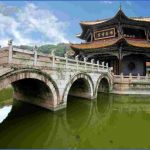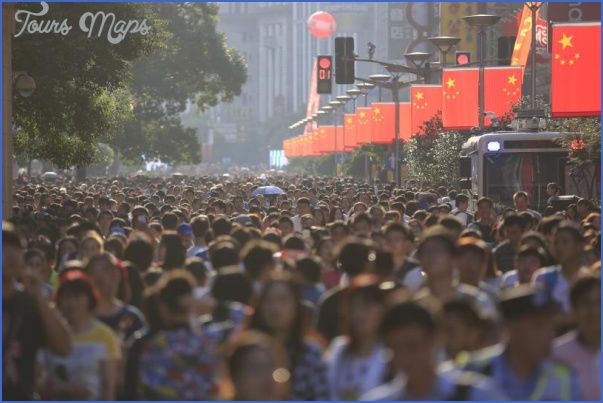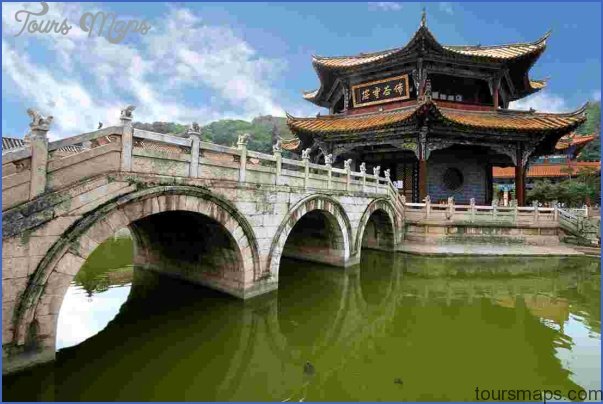The beginnings of Chinese civilisation are to be seen around the middle reaches of the Yellow River (Huanghe) in the central eastern part of the country. Its territory gradually extended south, north and west and reached its present boundaries in the 18th c. under the Qing Dynasty.
The “Mythical Land” or the “Middle Kingdom” as it was called in antiquity, became known by the Mongolian name of “Cathay” in the Middle Ages after the tales and written records of travellers such as Marco Polo. Following the demise of the Mongolian Yuan Dynasty, Europeans started to use the word “China” after Emperor Qin Shi Huangdi, the founder of the Qin Dynasty. In the last two centuries, after Qing Dynasty annexations, distinctions were drawn between the “China of the Eighteen Provinces” and “Outer China”, the urban regions of the ancient Chinese civilisation and those regions which were colonised in later years.
The terms “Inner China” and “Outer China” are still frequently heard and are used to describe the country in a geomorphological, economic and historical sense. Inner China refers to the flat, low-lying river regions, the main urban centres and the rural regions of intensive farming. Outer China stands for the mountain and desert regions, whose inhabitants live mainly from breeding livestock.
State and administration of China Travel Photo Gallery
Maybe You Like Them Too
- The Best Cities To Visit in The World
- World’s 10 Best Places To Visit
- Coolest Countries in the World to Visit
- Travel to Santorini, Greece
- Map of Barbados – Holiday in Barbados






